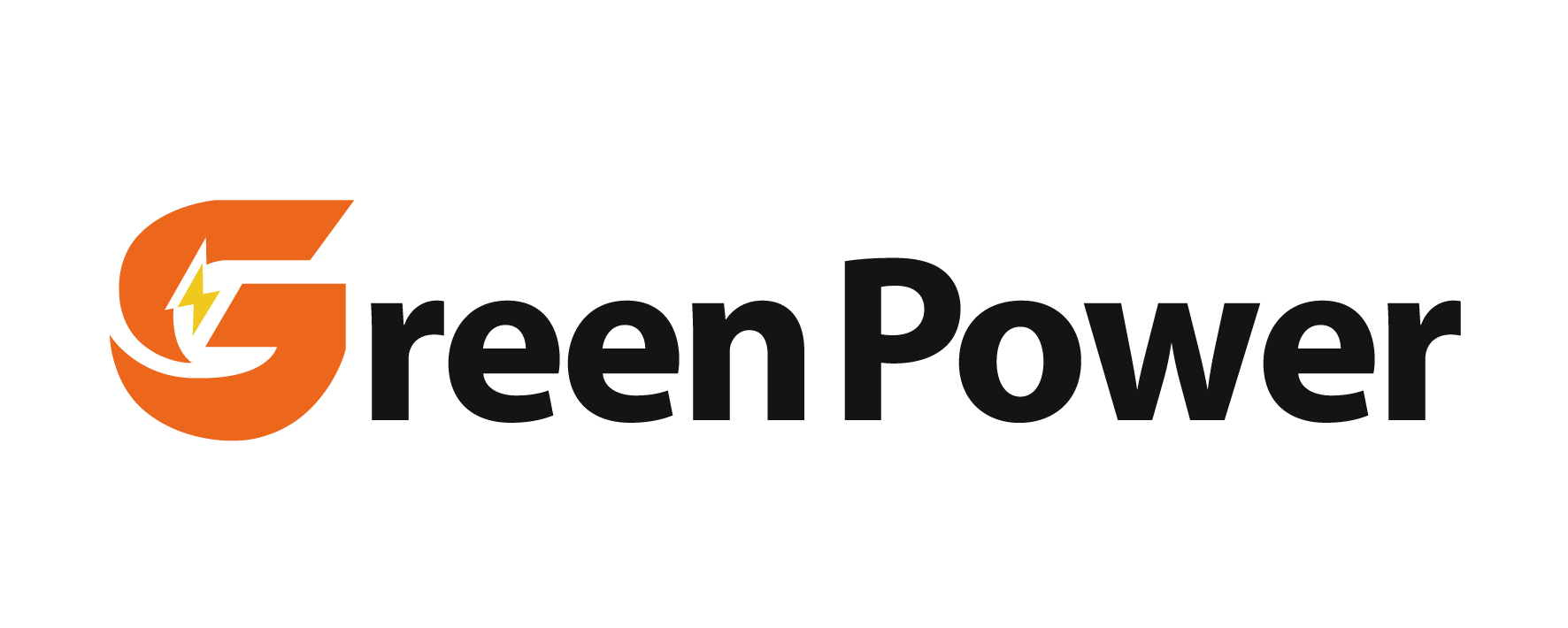wind power storage systems
Wind power storage systems represent a crucial advancement in renewable energy technology, serving as the bridge between intermittent wind power generation and consistent energy supply. These sophisticated systems capture excess wind energy during peak production periods and store it for use during low-wind conditions or high demand times. The technology primarily consists of three main components: the energy conversion unit, storage mechanism, and power management system. Modern wind power storage solutions utilize various storage methods, including advanced battery systems, compressed air energy storage (CAES), and pumped hydro storage. The systems employ smart grid integration capabilities, allowing for seamless coordination with existing power infrastructure. Real-time monitoring and automated control systems optimize energy distribution, ensuring maximum efficiency and reliability. These storage systems can be scaled to accommodate both utility-scale wind farms and smaller residential installations, making them versatile solutions for diverse energy needs. The technology incorporates advanced safety features and redundancy systems to maintain consistent performance under various environmental conditions. Wind power storage systems play a vital role in grid stabilization, peak load management, and ensuring continuous power supply, making them essential components in the transition to renewable energy.



